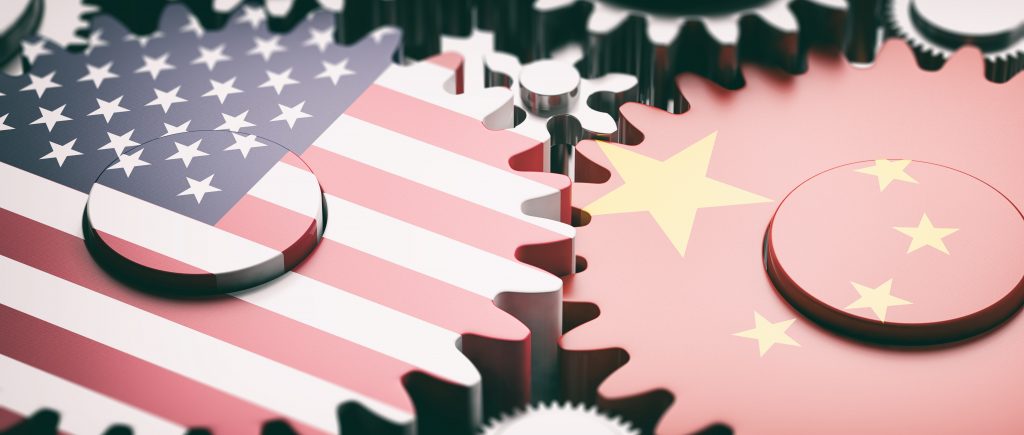Under Trump’s presidency, as the Chinese economy is more dependent on exports, making tariffs more potent. However, it is less reliant on American markets and increasingly bent on self-sufficiency. Chinese leaders are directing investment into robotics and aviation to accelerate industrial advances. The balance of power has shifted in favour of the United States, with the Chinese economy not quite on the ropes but struggling for a while.
The Chinese government has significant resources to stoke the domestic economy, as consumer spending in China has slumped. The central bank has lowered borrowing costs for homeowners and businesses, and the government approved a $1.4 trillion rescue plan that would allow local governments to refinance existing debts at lower rates of interest. A government-led strategy to advance the nation’s industrial prowess has turned China into the dominant supplier of electric vehicles and other clean energy technologies, giving Chinese companies a hold on rapidly growing markets for critical wares regardless of American tariffs.
China is less dependent on access to American markets than it was the last time Trump ratcheted up tariffs. The wave of American import duties imposed by the Trump administration, beginning in 2018 and continuing under the Biden administration, eventually covered some $400 billion in Chinese goods. Chinese factories in turn looked to Southeast Asia and Latin America for customers. Over the last six years, China’s share of American imports has dropped to 13% from 20%, though some of that shift reflects goods that end up in the United States after being routed through countries like Mexico and Vietnam to avoid American tariffs.
As Europe has more recently added its own tariffs to Chinese-made electric vehicles, China has accelerated its push to expand sales in other regions. Beijing is using the Global South to offset the loss of market share to the West.
China faces a challenging mix of forces: the collapse of a real estate boom, major banking losses, a local government debt crisis, and slowing economic growth. China’s leaders have taken a similar approach to goods like agricultural commodities, shifting some purchases of soybeans from American farmers to suppliers in Brazil and Argentina. This experience may give Beijing confidence that it can hold firm against escalating tariffs and retaliate with reductions in American imports, especially of agricultural products. China could also further restrict its exports of critical minerals.
China has more leverage than the first time around, with a range of tools it can mobilize to push back against the US economy if it believes Trump is pursuing an economic war. If Trump moderates his threats of tariffs, China’s industry would suffer, with exports plummeting by 8% over the following year and 2% off China’s annual economic growth. The country now produces 17% of global exports, up from 12% during Trump’s first term.
Chinese industry is often dominated by large, state-owned companies, governed through bureaucracy and the Communist Party’s imperatives, making them ill-suited to adjust to changing market conditions. However, China has accelerated the push to expand electric vehicle sales in regions other than the West, missing the emergence of a vast and more nimble private sector. This has given the Chinese government more adaptability, allowing it to compensate for diminished exports by turning on spending and deploy its state-owned banks and corporate giants toward national goals like economic growth.
The stimulus plans emerging from Beijing have been more gradual and modest than some anticipated, but they resonate as a signal that China’s leaders are concerned about public dissatisfaction with stagnating living standards and have resolved to promote economic growth. The pivot toward stimulus underscores a central feature of the Chinese system in adapting to shocks. Ruled by the all-powerful Chinese Communist Party, the country operates with draconian controls on individual expression and absent free elections. In terms of moving quickly and resolving a crisis, the C.C.P. is highly effective, with many levers to pull.

 Noor Trends News, Technical Analysis, Educational Tools and Recommendations
Noor Trends News, Technical Analysis, Educational Tools and Recommendations




